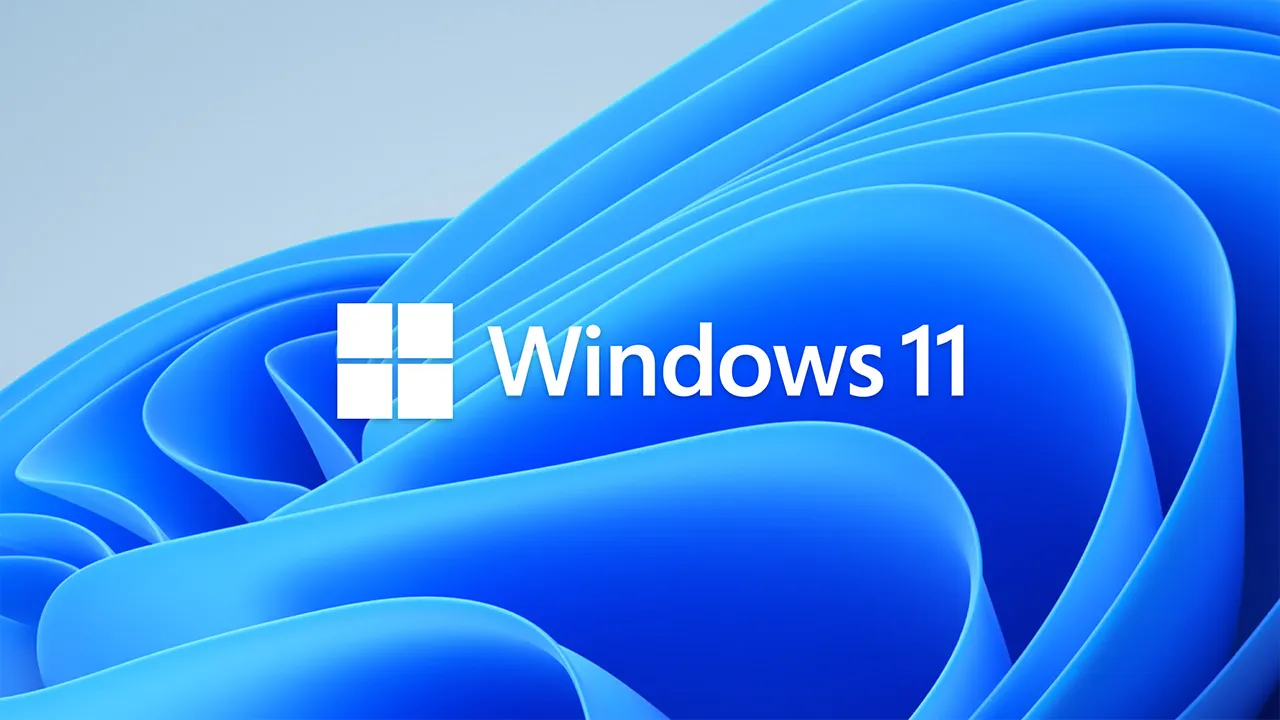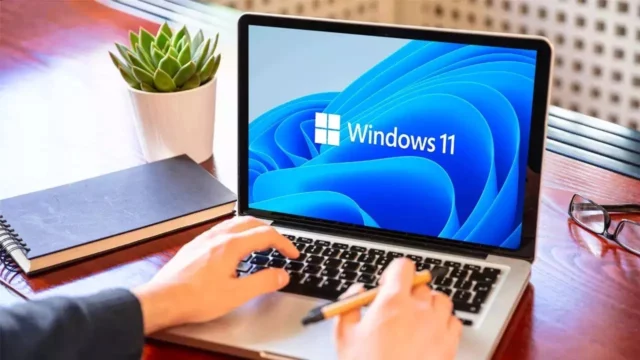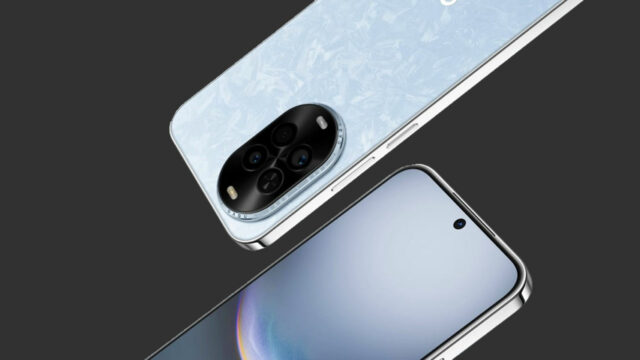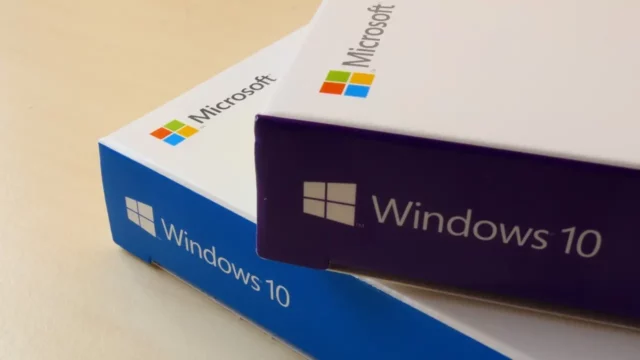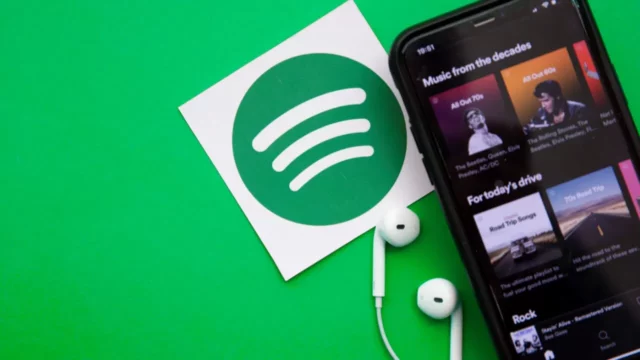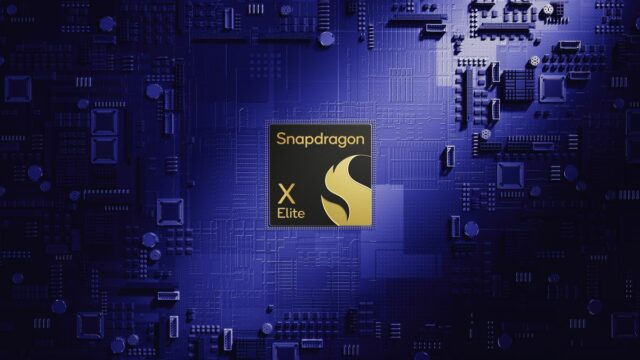The Windows 11 usage milestone has arrived, and it’s a turning point. Microsoft’s latest OS now claims the crown, pushing its predecessor into retirement.
Windows 11 crosses the halfway mark
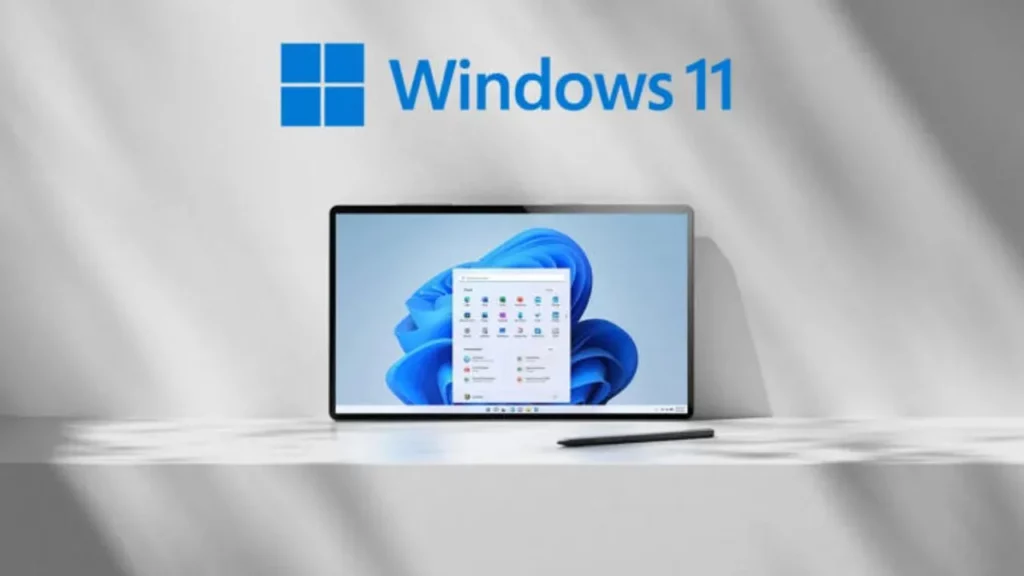
Windows 11 now powers more than half of all desktop machines, a first since its launch. Windows 10, once untouchable, is finally losing ground fast. With support ending in October, the shift is no longer optional.
Urgency pushes late upgrades
Microsoft’s countdown tactics are paying off. Persistent pop-ups, hardware nudges, and the looming loss of updates are herding users onto the newer system. Resistance is fading, and upgrades are accelerating.
Free extensions boost Windows 11 usage
To soften the switch, Microsoft rolled out free security updates, but only if users linked their settings to the cloud. For everyone else, it’s a small payment or a quick points redemption. Either way, the message is clear: move now or pay later.
Gamers jumped first
Gamers made the leap early, drawn by performance perks and DirectStorage support. Their early jump padded the OS’s numbers and gave Windows 11 its first foothold before general users followed.
Windows 11 adoption slowed by strict hardware rules
For many, the slow start wasn’t about preference. It was about eligibility. Older PCs failed to meet the minimum bar, a deliberate push by Microsoft to modernize its install base. That friction kept its adoption stuck for months.
Enterprises and outliers hesitate
Some businesses are still clinging to it. Others are flirting with Linux or Apple, but only at the margins. Most users, boxed in by deadlines and device compatibility, are heading straight for it whether they like it or not.
Key factors behind the Windows 11 usage milestone
A quick recap of what’s driving the shift:
- Windows 10 support ends in October 2025
- Persistent upgrade prompts are working
- Free and low-cost update extensions help
- Gamers adopted early and led the charge
- Many PCs had to be upgraded to meet new requirements
Windows 11’s moment has arrived
This milestone isn’t just a chart-topper. It marks the end of a long standoff and the start of Microsoft’s next chapter. It is now the standard, and the countdown clock is still ticking.


